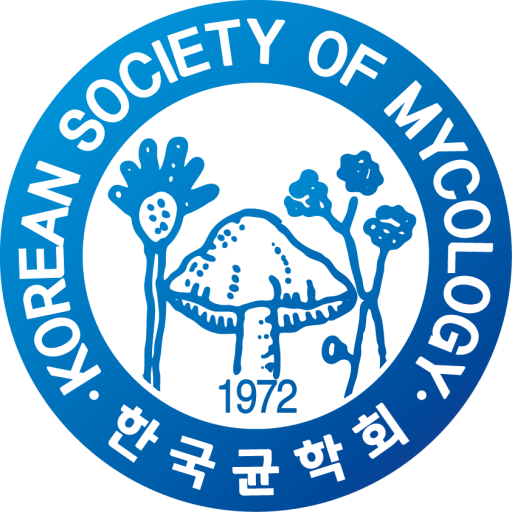Onion leaf blight caused by Stemphylium spp. reduces bulb quality and yield by damaging leaves and flowers. The causal species in South Korea were identified as S. vesicarium and S. eturmiunum, based on morphology and a multilocus phylogeny from concatenated ITS, GAPDH, and calmodulin sequences of KACC and field isolates. In vitro sensitivity assays were conducted with seven fungicides representing different chemical classes. Leaf inoculation screening identified one highly virulent representative isolate from each species for subsequent experiments. Fungicidal activity against onion Stemphylium leaf blight was first evaluated across seven fungicides using potted onion plants. Fungicide efficacy on living onion plants was then evaluated using mobile spraying equipment (MSE) equipped with a motor pump and a conventional XR11002 flat-fan nozzle to determine the optimal concentrations of three fungicides—kresoxim-methyl, metconazole, and pydiflumetofen. Field trials using a unmanned aerial vehicle (UAV) confirmed the in planta efficacy trends. Among the tested fungicides, the SDHI compound pydiflumetofen consistently produced the strongest suppression of Stemphylium infections and yielded the greatest postharvest bulb weight. Collectively, these results define effective fungicide options for managing onion leaf blight caused by Stemphylium spp. and provide guidance for UAV-based fungicide applications in onion production.

 English
English